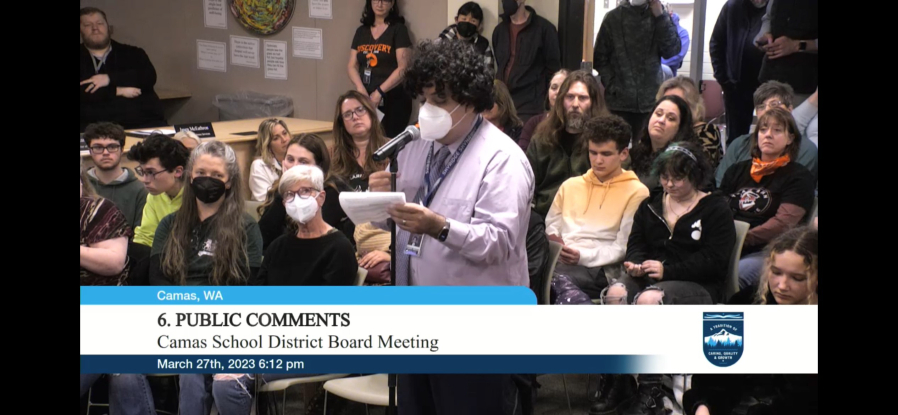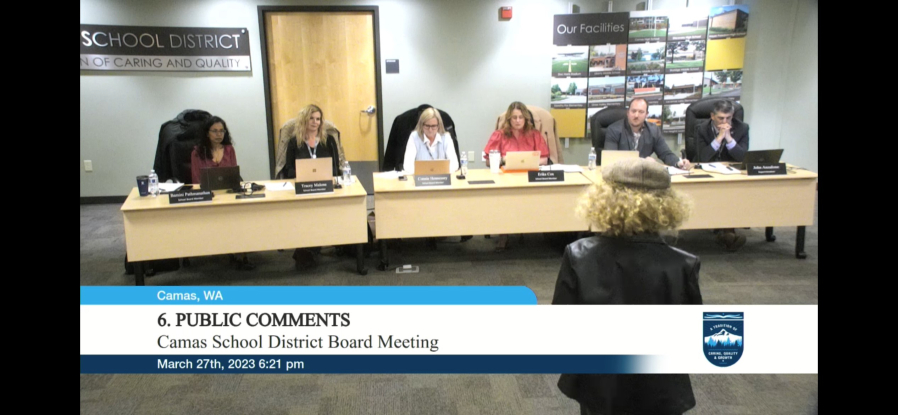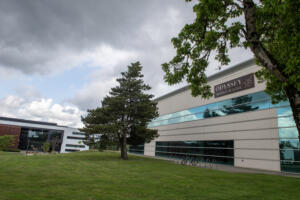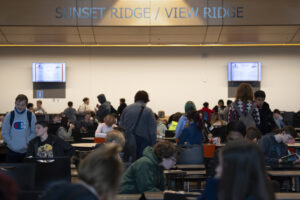Camas School District administrators this week began reaching out to staff members who will likely be impacted by the district’s looming budget cuts.
“We are targeting a $6 million reduction, which will help us stabilize over the next few years,” CSD Superintendent John Anzalone said during the Camas School Board’s meeting on Monday, March 27. “We hope that, by making some reductions, we’ll be in a much better place over the next two to three years and in perpetuity.”
The school district is expected to make $6 million in cuts and use $1.4 million from its general fund reserves to make up for an expected $7.4 million revenue shortfall in 2023-24. On March 13, Anzalone told the school board and community that the district’s central administrative office will likely shoulder the largest share of the budget cuts, with an expected $1.77 million, or 30% of the total budget cuts, coming from the central administrative office.
The superintendent’s “high level” overview also called for:
- $1.56 million (26% of the total budget cuts) to come from the district’s high schools;
- $1.16 million (19% of the cuts) to come from the district’s middle schools;
- $1 million (17% of the cuts) come from the district’s elementary schools; and
- $510,000 in cuts that were still undetermined.
Anzalone also said earlier this month that the district was hoping to spare classified staff, which includes bus drivers, custodial staff, food service employees and paraprofessionals and other non-teaching staff that, according to Anzalone, have “taken the bulk of the cuts” in recent years, as much as possible.
The Camas School Board Monday unanimously approved a resolution that will allow Anzalone and other administrators to begin having “very difficult” conversations with staff likely to be impacted by the 2023-24 budget cuts.






